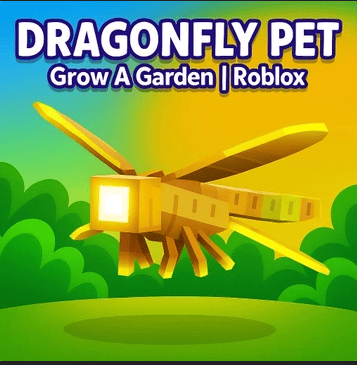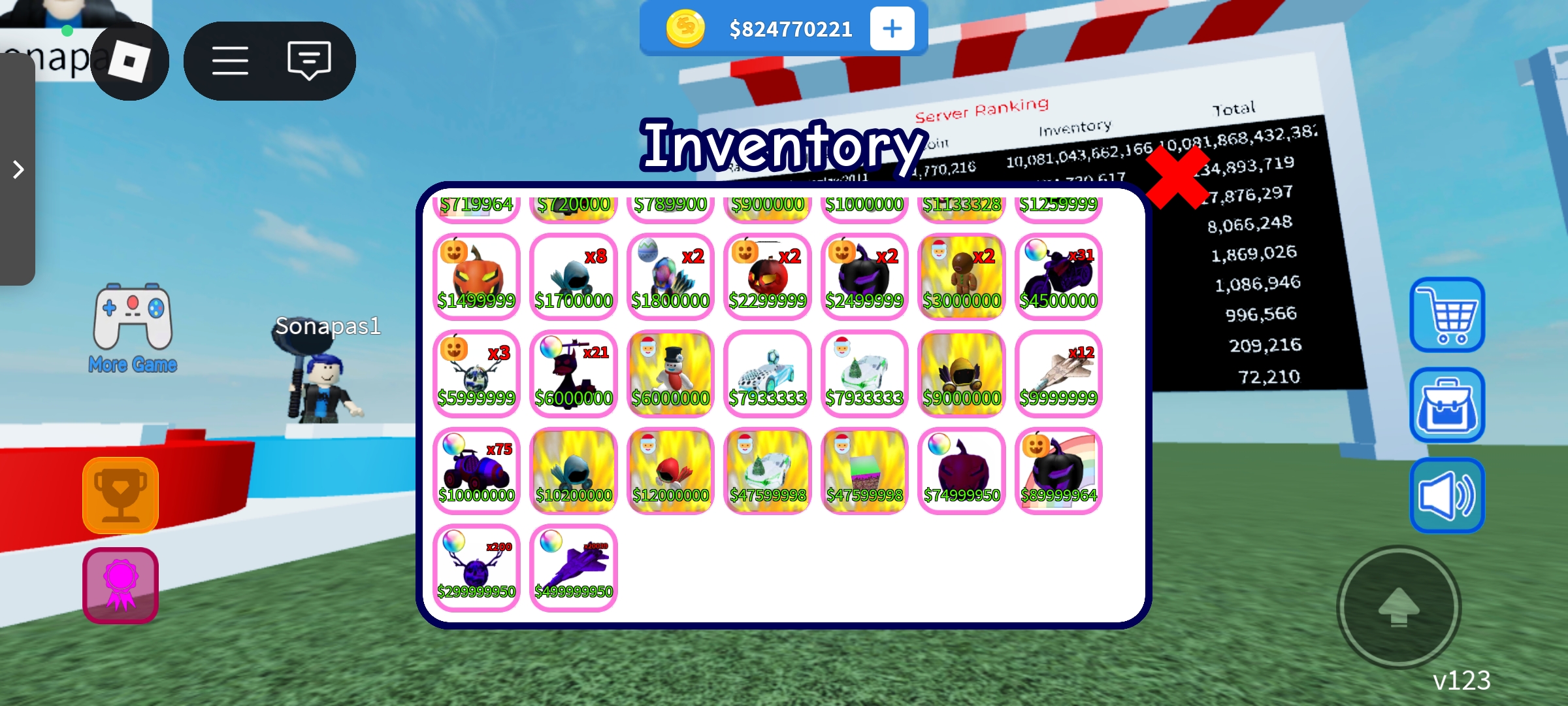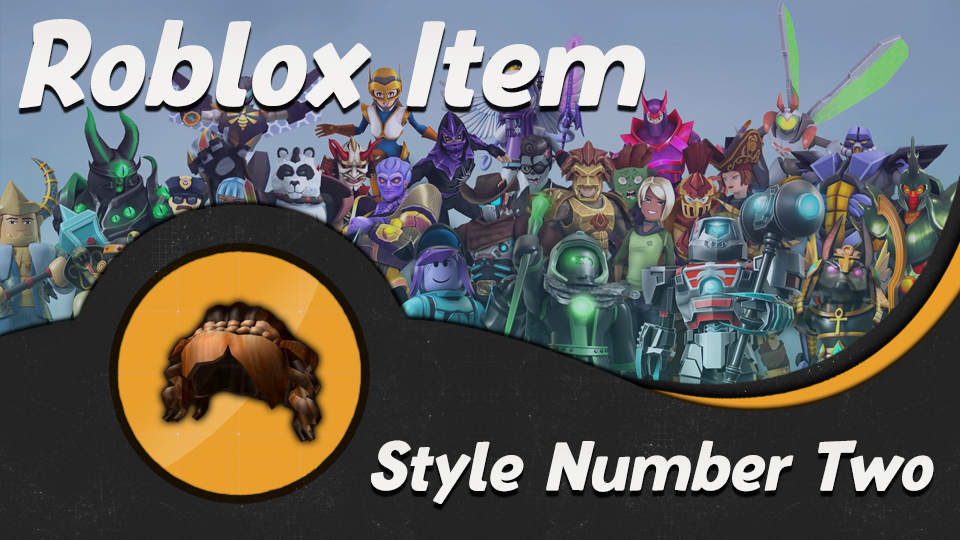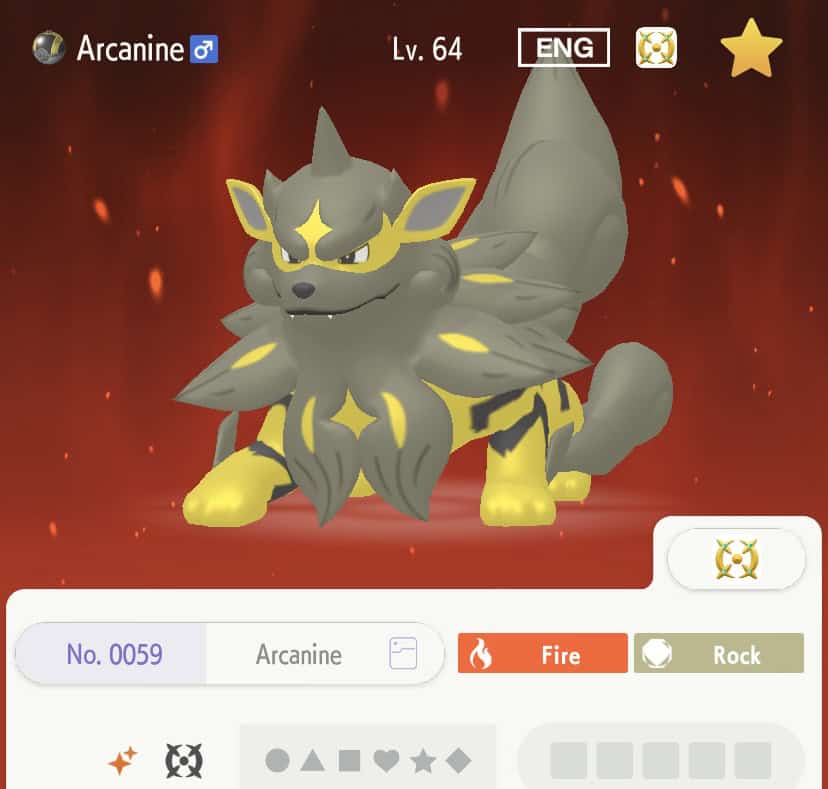Buy & Sell Ingame Items
What are Ingame Items?
In-game items are digital gear, skins, tools, or bonuses you use while playing. Think weapons, armor, potions, coins, pets, or rare collectibles. You can earn them through gameplay, events, or just buy them directly. They make the game more fun, help you stand out, and can give you an edge in battle. Lots of players buy and sell in-game items to save time or cash in on their loot.
Some typical reasons to buy Ingame Items
- ⚡Level Up Faster: Whether it’s a better sword or a powerful boost, the right item can make you stronger and help you progress quicker. Skip the grind, get the goods.
⏱️ Save Hours of Grinding: Why farm for hours when you can just grab what you need? Buying hard-to-find items saves time so you can focus on the fun stuff.
🎨 Make It Your Own: Skins, outfits, mounts — show off your style and stand out from the crowd. Cosmetic items are some of the most traded on any gaming marketplace.
🏆 Win More: In ranked matches or PvP, that one item could be the difference between winning and losing. Many players buy in-game items to stay competitive.
💎 Collect Rare Stuff: Event-only items or limited drops? Snag them while you can. Collectors and traders love these, and they often go for a solid price if you sell later.
What are the different types of Ingame Items?
🎭 1. Skins & Cosmetics
Skins and cosmetics are in-game items that change the appearance of characters, weapons, or environments without affecting gameplay. Players often collect these items to personalize their characters, show off rare designs, or celebrate special in-game events. Skins can range from simple color changes to elaborate designs and are typically obtained through purchases, achievements, or limited-time events. Examples are the “Dragon Lore” AWP skin in Counter-Strike: Global Offensive and the “Galaxy Skin” in Fortnite. These highly sought-after skins are often popular in game items for sale.
⚔️ 2. Weapons & Gear
Weapons & Gear Weapons and gear are functional items that provide players with tools for combat, defense, or other in-game activities. These items can vary in power, stats, and rarity, directly impacting a player’s ability to perform and succeed in the game. Weapons and gear are often found through gameplay progression, looting, or purchasing and are essential for advancing through levels, missions, or competitive modes. Examples are the “Gjallarhorn” rocket launcher in Destiny 2 and the “Buster Sword” in Final Fantasy VII. Players frequently buy and sell in game items like these to gain an edge in gameplay.
🧪 3. Consumables
Consumables Consumables are single-use items that provide temporary effects or benefits in-game. Examples include health potions, mana boosts, power-ups, or experience multipliers. Once used, consumables disappear from the player’s inventory. Players typically collect consumables during gameplay or buy them to aid in difficult challenges or speed up progress. Examples are the “Mega Potion” in Monster Hunter: World and the “Stimpak” in Fallout 4. Many players sell in game items like consumables to generate in-game currency.
🐾 4. Pets & Mounts
Pets & Mounts Pets and mounts are companion items in games, offering either cosmetic appeal or functional benefits like faster travel or assistance in battles. Pets typically follow the player, while mounts are used for quick transportation across the game world. These items often come in a variety of designs, ranging from common to rare, and can be unlocked through quests, events, or in-game purchases. Examples are the “Reins of the Invincible” mount in World of Warcraft and the “Sparkle Pony” in Diablo III. Rare pets and mounts are popular items for players looking to sell video game items.
🧱 5. Blueprints
Blueprints Blueprints are crafting schematics that allow players to create new items, gear, or structures within a game. By gathering the required materials, players can use blueprints to unlock powerful or rare items. Often found through exploration or purchased, blueprints add a layer of strategy as players must collect the necessary resources to craft the desired items. Examples are the “Railjack Ship Blueprint” in Warframe and the “Building Plans” in Rust. Players often sell in game items like rare blueprints for significant profits.
🏠 6. Real Estate & Property
Real Estate & Property In some games, players can acquire virtual real estate such as houses, land, or even entire cities. These properties often serve as customizable spaces for the player or provide additional gameplay benefits, such as resource generation or social interaction hubs. Real estate can be bought, earned, or won in in-game events, and it sometimes holds significant value in virtual economies. Examples are the “Housing Plot” in Final Fantasy XIV and the “Player-Owned Farms” in RuneScape. Virtual real estate is a unique category of items that players can sell video game items for substantial returns.
🌟 7. Rare & Legendary
Rare & Legendary Rare and legendary items are highly sought-after in-game assets that offer unique abilities, superior stats, or special effects. These items are usually difficult to obtain and often symbolize status or accomplishment in the game. Players can acquire them through challenging quests, boss battles, special events, or as drops from high-level enemies. Examples are the “Excalibur Prime” Warframe in Warframe and the “Ashbringer” sword in World of Warcraft. These items are particularly valuable for players looking to selling game items for profit.
🎁 8. Mystery & Loot Boxes
Mystery & Loot Boxes Mystery and loot boxes contain random in-game items, which may include skins, consumables, or even rare items. Players purchase or earn these boxes, not knowing the exact contents until opened. While they offer the excitement of possibly obtaining valuable or rare items, loot boxes have been a subject of debate due to their randomized nature and resemblance to gambling. Examples are the “Loot Boxes” in Overwatch and the “Crates” in PUBG. Some players specialize in selling game items obtained from these boxes.
🏅 9. Achievements & Awards
Achievements & Awards Achievements are in-game milestones that players unlock by completing specific challenges or reaching certain goals. They do not typically provide tangible rewards but serve as a form of recognition or bragging rights within the game. Some achievements, however, may unlock exclusive items, titles, or bonuses to commemorate the player’s progress. Examples are the “GamerScore” system in Xbox Live and the “Platinum Trophies” in PlayStation Network. While achievements themselves can’t be sold, the exclusive items they unlock can be valuable for players selling game items.
🎉 10. Seasonals & Events
Seasonals & Events Seasonal and event items are exclusive in-game assets available only during special occasions like holidays, anniversaries, or themed events. These items often include unique skins, gear, or consumables and are available for a limited time. Players who participate in these events can collect rare, time-limited items that often become highly coveted after the event ends. Examples are the “Jingle Tracer” skin from Overwatch’s Winter Wonderland event and the “Snowdown Showdown” skins in League of Legends. These limited-time items are particularly valuable for players looking to sell video game items.
Why It’s Worth Buying Ingame Items
Whether you’re chasing wins, showing off your style, or hunting rares, buying in-game items lets you skip the boring grind and get straight to what makes gaming awesome. Plus, you can grab limited gear before it disappears – or flip it later if you’re feeling entrepreneurial.
How Are Items Delivered?
When you buy in-game items, it works just like ordering a digital service:
- Instant delivery: some items are available right after checkout.
- Standard delivery: the seller delivers it within a set time frame.
Once you buy, a Service Order kicks off so you and the seller can chat, send messages, or share files. After the item is delivered, you confirm it’s all good with one click (Confirm Delivery) – and the seller gets paid. Drop a review, and you’re done. Smooth, simple, secure.

![Discord Nitro Boost 1 Year[ Global ]](https://cdn1.stackedgame.com/wp-content/uploads/sell/eirwyn/I_46847/8847eca9-8df2-4983-8786-a20d5c6f68a4offer202502140500325450073large-1753260627.png)

![[Grow a Garden] French Fry Ferret](https://cdn1.stackedgame.com/wp-content/uploads/sell/justfeksa/I_47096/fff-1756091689.png)


![[PS5] Fortnite Pack: Minty Legends DIGITAL](https://cdn1.stackedgame.com/wp-content/uploads/sell/fortnitenow/I_42444/ps5mintylegendsjpg.jpg)


![WoW: Landro’s Lil’ XT – Digital Code [Instant]](https://cdn1.stackedgame.com/wp-content/uploads/sell/wowloot/I_42480/landroslilxtjpg.jpg)





![WoW: Bloat the Bubble Fish – Digital Code [Instant]](https://cdn1.stackedgame.com/wp-content/uploads/sell/wowloot/I_42467/bloatthebubblefishjpg.jpg)



![Fortnite Code: Batman Zero Wing Glider [Key]](https://cdn1.stackedgame.com/wp-content/uploads/sell/fnbrcodes/I_42417/batmanzerowinggliderjpg.jpg)




